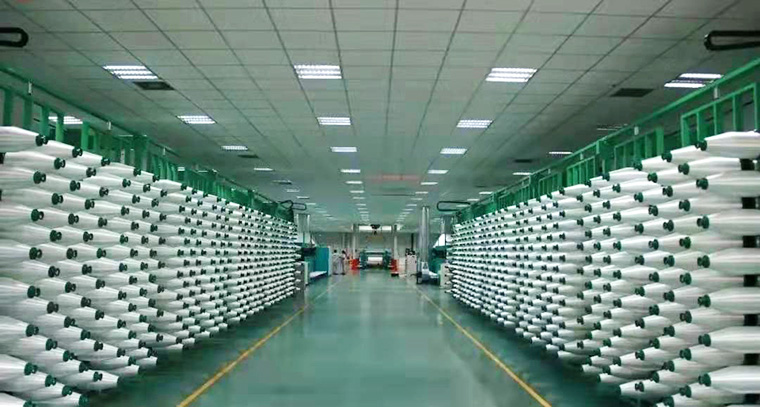Electronic yarn is made of glass fiber with diameter less than 9 microns.
It is woven into electronic cloth, which can be used as reinforcing material of copper clad laminate in printed circuit board (PCB).
Electronic cloth can be divided into four types according to thickness and low dielectric products according to performance.
The overall production process of E-yarn / cloth is complex, the product quality and precision are high, and the post-processing link is the most important, so the technical barrier and capital barrier of the industry are very high.
With the rise of PCB industry, 5G electronic yarn ushers in the golden age.
1.Demand trend: 5G base station has higher requirements for light and high frequency electronic cloth,which is good for high-end ultra thin, extremely thin and high-performance electronic cloth; Electronic products tend to be more intelligent and miniaturized, and the 5g machine change will promote the permeability of high-end electronic cloth; IC packaging substrate is replaced by domestic, and it becomes a new air outlet for high-end electronic cloth application.
2.Supply structure: PCB cluster transfers to China, and the upstream industry chain gains growth opportunities. China is the largest glass fiber production area in the world, accounting for 12% of the electronic market. The production capacity of domestic electronic yarn is 792000 tons / year, and CR3 market accounts for 51%. In recent years, the industry is mainly led by expanding production, and the industry concentration is further improved. However, domestic production capacity is concentrated in the middle and low end of roving spinning, and the high-end field is still in its infancy. HONGHE, GUANGYUAN, JUSHI, etc. continue to increase R & D efforts.
3.Market judgment: short term benefit from the demand of automobile communication smart phones, it is expected that the supply of electronic yarn in the first half of this year will exceed the demand, and the supply and demand will be in tight balance in the second half of this year; The low-end electronic yarn has obvious periodicity and the biggest price elasticity. In the long run, it is estimated that the growth rate of E-yarn is the closest to that of PCB output value. We expect that the global E-yarn output is expected to reach 1.5974 million tons in 2024, and the global e-cloth output is expected to reach 5.325 billion meters, corresponding to the US $6.390 billion market, with a compound annual growth rate of 11.2%.
Post time: May-12-2021






